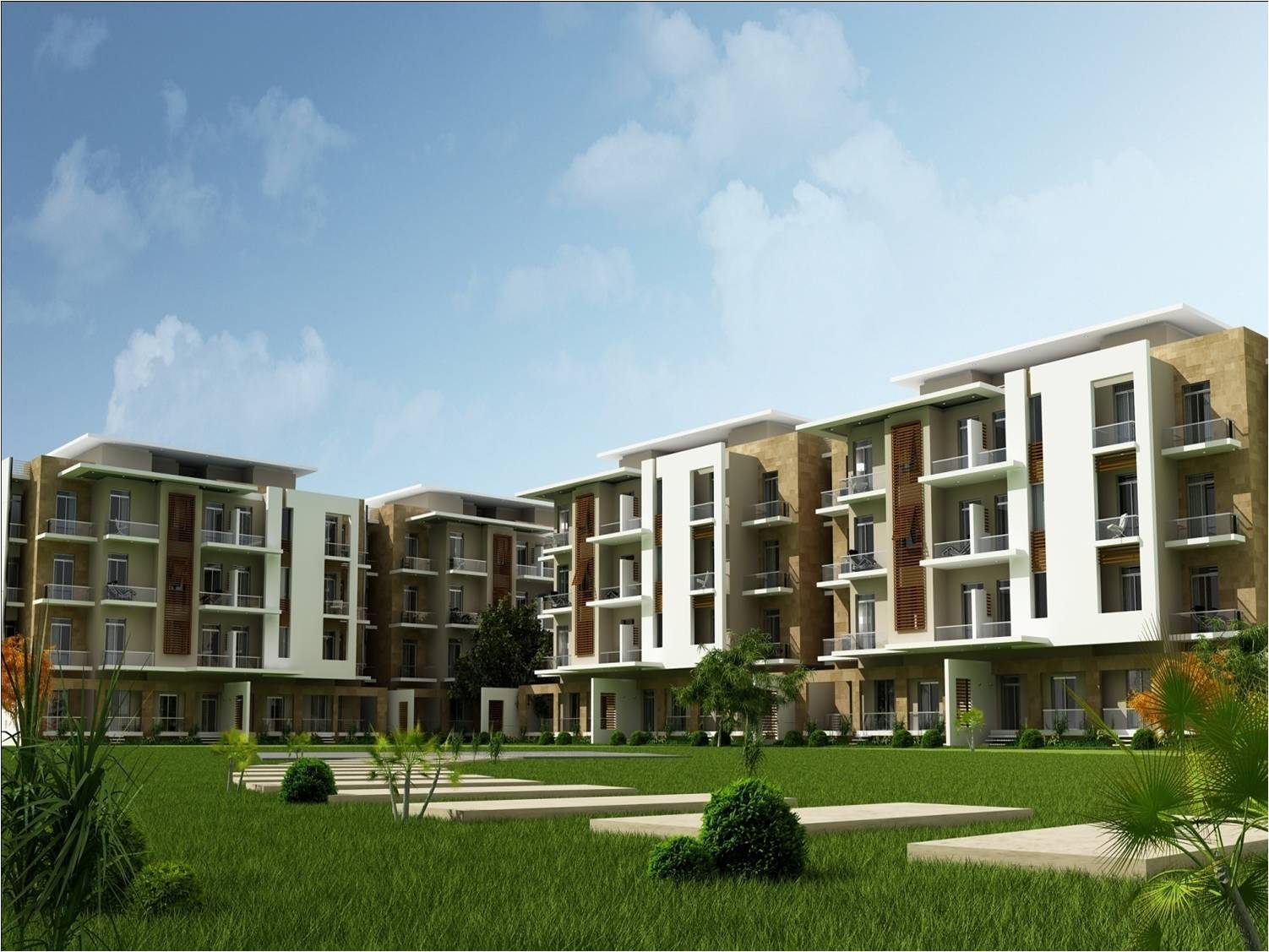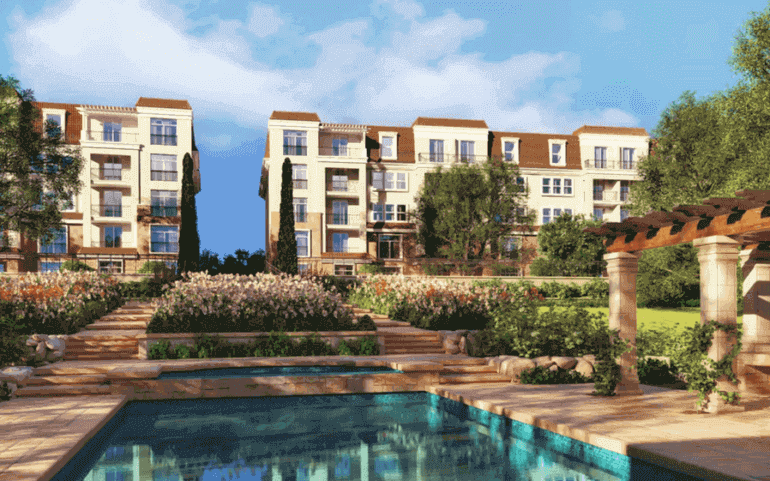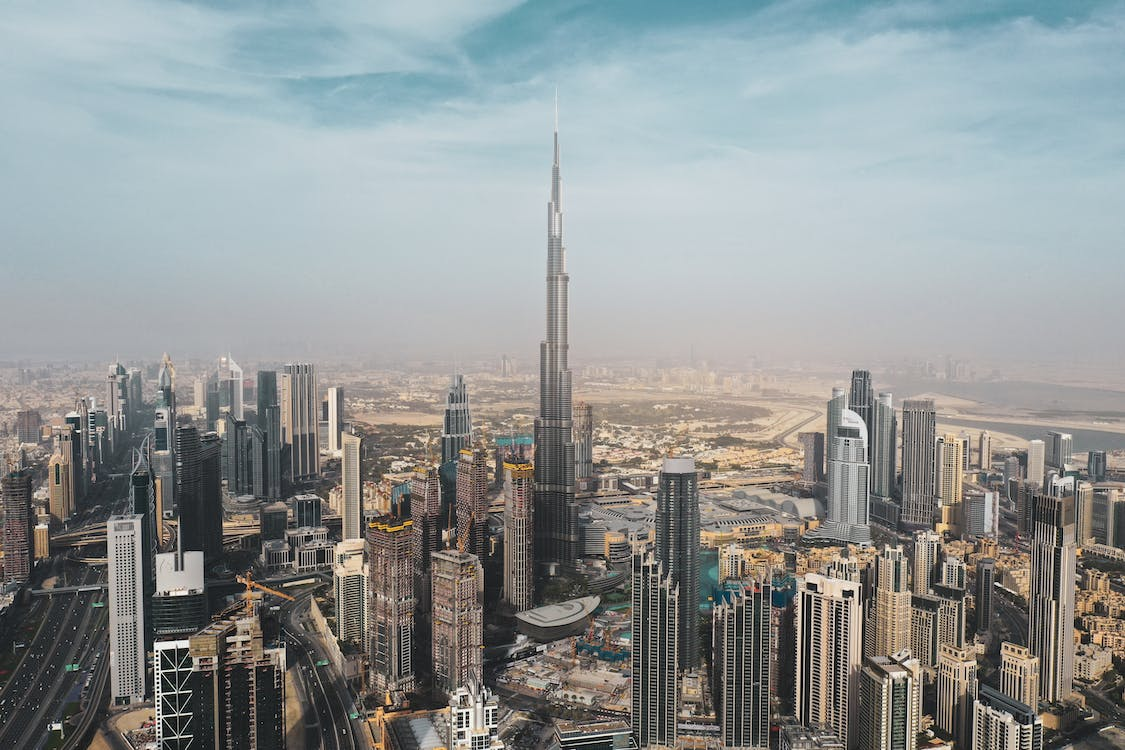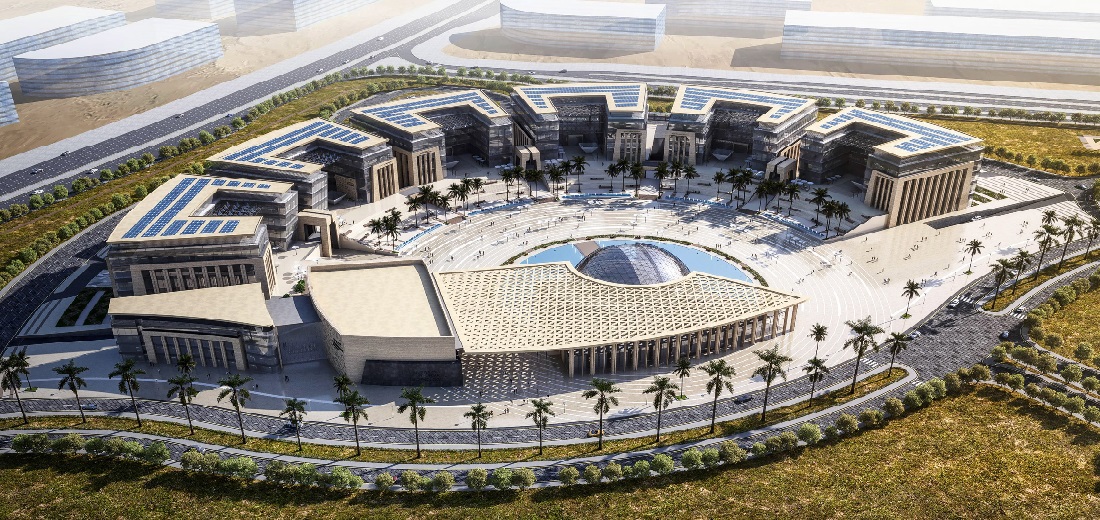Nestled along the Nile River, Luxor is often hailed as the world’s greatest open-air museum, a city where history comes alive through awe-inspiring temples, statues, and inscriptions that have withstood the test of time. Once the capital of ancient Egypt, known then as Thebes, Luxor holds a trove of sacred sites that reveal ancient Egyptian civilization’s splendor, spiritual devotion, and artistry. From the massive columns of Karnak Temple to the scenic terraces of Hatshepsut’s mortuary temple, Luxor’s temples are masterpieces that captivate every visitor with their timeless beauty and historical intrigue. In this guide, we’ll take you on a journey through the must-see temples of Luxor, offering a glimpse into the divine world of the pharaohs and the architectural grandeur that defines this remarkable city.
1. Karnak Temple Complex
- Location: Northern Luxor, along the Nile’s east bank
- History and Significance:
- The Karnak Temple Complex is one of the largest religious sites in the world and was constructed over 2,000 years ago, beginning around 2055 BCE. Dedicated primarily to Amun-Ra, the complex showcases a range of temples, sanctuaries, and obelisks built by successive pharaohs. The Hypostyle Hall, with its towering 134 columns, is one of the most impressive features, representing the power and architectural innovation of the New Kingdom.
Highlights:
- The Great Hypostyle Hall: This vast hall with columns reaching up to 69 feet is a marvel of ancient architecture.
- Sacred Lake: An artificial lake once used for ritual purposes and still adds serenity to the complex.
- Obelisks of Hatshepsut and Thutmose I: These towering obelisks display the craftsmanship and devotion of ancient Egyptian artisans.
Local Tips:
- Best Time to Visit: Early morning, before the crowds arrive, offers a peaceful experience.
- Sound and Light Show: Attending the evening show illuminates the history of Karnak.
2. Luxor Temple
- Location: Downtown Luxor, east bank of the Nile
- History and Significance:
- Luxor Temple, constructed around 1400 BCE, was devoted to rejuvenating kingship rather than to any specific deity. Pharaohs like Amenhotep III and Ramses II contributed to its grandeur, making it a masterpiece of New Kingdom architecture. The temple aligns along an axis directly connecting it to the Karnak Temple via the Avenue of Sphinxes, a ceremonial road flanked by hundreds of sphinx statues.
Highlights:
- Avenue of Sphinxes: Recently restored, this ancient road connects Luxor and Karnak and offers a majestic entrance to the temple.
- Colossal Statues of Ramses II: The entrance is marked by two massive seated statues of Ramses II, a defining image of ancient Luxor.
- Roman Frescoes: A lesser-known aspect, Luxor Temple also contains rare Roman frescoes from when the temple was converted into a Christian church.
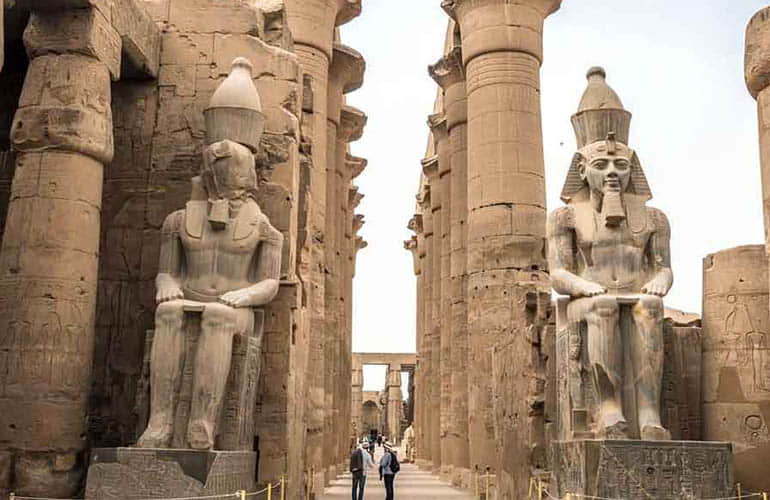 Local Tips:
Local Tips:
- Best Time to Visit: Sunset or evening, when the temple is illuminated, creating a spectacular atmosphere.
- Nearby Attractions: Located in central Luxor, you can also explore Luxor Museum and the Nile promenade.
3. Temple of Hatshepsut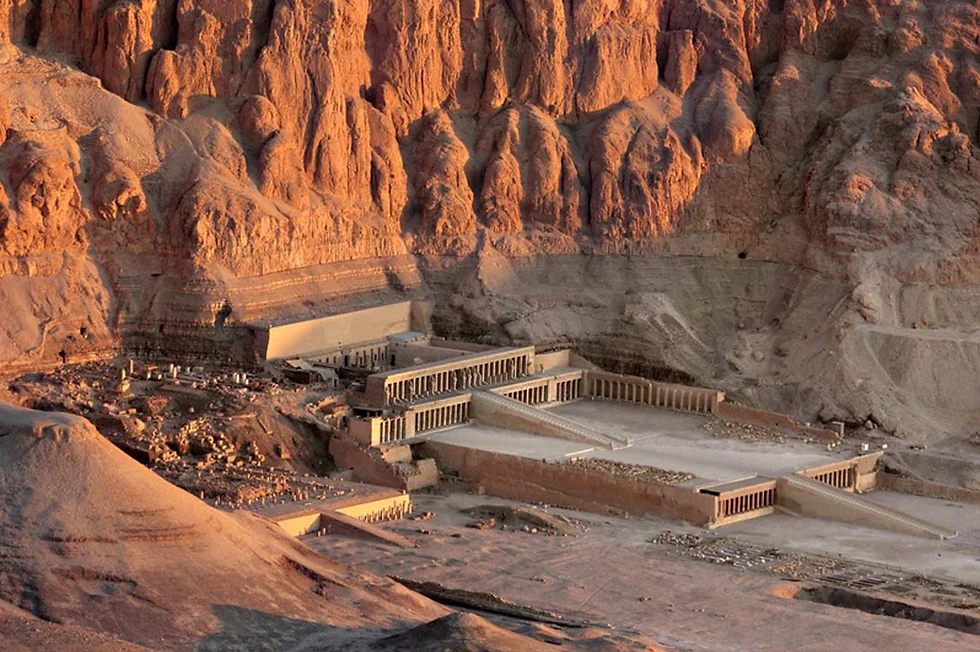
- Location: Deir el-Bahari, on Luxor’s west bank
- History and Significance:
- The Temple of Hatshepsut, also known as Djeser-Djeseru, meaning “Holy of Holies,” was built for Egypt’s first female pharaoh, Hatshepsut, around 1479 BCE. This mortuary temple is set against towering limestone cliffs, blending seamlessly with its natural surroundings. It’s famous for its unique terraced architecture, contrasting sharply with the typical pylon-based design of other temples.
Highlights:
- Terraced Structure: The temple’s three terraces offer a breathtaking visual experience, rising against the cliffs.
- Colonnaded Facade: The rows of columns feature reliefs depicting Hatshepsut’s divine birth and expeditions to Punt.
- Chapels Dedicated to Hathor and Anubis: These chapels showcase intricate carvings and provide insight into Hatshepsut’s devotion.
Local Tips:
- Best Time to Visit: Early morning, when the sun illuminates the temple’s facade.
- Travel Tip: Wear comfortable shoes, as there’s a bit of walking involved from the parking area to the temple.
4. Temple of Medinet Habu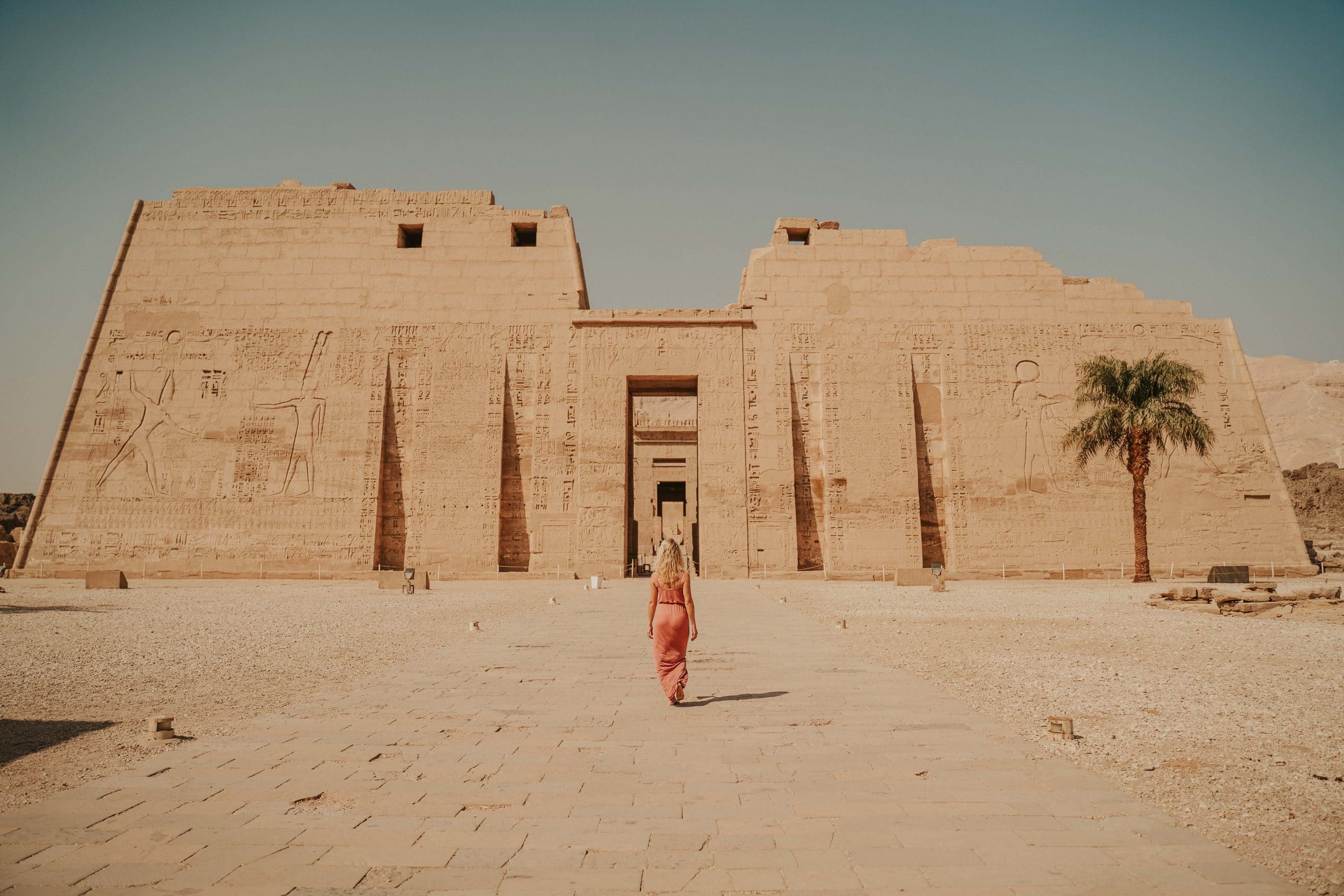
- Location: West bank of Luxor, near the Valley of the Queens
- History and Significance:
- Built by Ramses III, Medinet Habu served as his mortuary temple and is one of the best-preserved temples in Luxor. The temple is famed for its colorful reliefs and detailed inscriptions, many depicting Ramses III’s battles and victories over the Sea Peoples. Medinet Habu is also architecturally significant for its fortified structure, resembling a fortified Syrian fortress.
Highlights:
- First Pylon and Reliefs: The entrance boasts vivid reliefs showcasing military scenes and ceremonial acts.
- Chambers with Original Colors: Medinet Habu still has well-preserved colors, particularly in the Hypostyle Hall and inner sanctuaries.
- Sacred Lake and Temple Gardens: These were used for purification rituals, adding to the temple’s sacred atmosphere.
Local Tips:
- Visitor Tip: Medinet Habu is less crowded than other temples, so that you can explore it more relaxedly.
- Photography: The vibrant colors of the reliefs make it a fantastic spot for photos.
5. Ramesseum (Temple of Ramses II)
- Location: West bank of the Nile, near the Valley of the Kings
- History and Significance:
- The Ramesseum is the mortuary temple of Ramses II, also known as Ramses the Great. Built around 1250 BCE, this temple was designed to showcase his power and divine association with Amun. Though partly ruined, it’s famous for its colossal statues of Ramses II and the beautiful wall reliefs depicting scenes from the Battle of Kadesh.
Highlights:
- The Colossus of Ramses II: This massive fallen statue is an iconic temple feature.
- Detailed Reliefs: The temple walls feature carvings of Ramses II’s military campaigns and religious ceremonies.
- Library and Granary Remain: This site is unique because it contains the remains of ancient storerooms, including what may have been Egypt’s first library.
Local Tips:
- Visiting Tip: This site is less crowded and ideal for those wanting a quieter experience.
- Nearby Sites: The Ramesseum is near the Valley of the Queens, making it convenient to visit both on the same day.
6. Temple of Seti I
- Location: West bank of the Nile, in Qurna
- History and Significance:
- The Temple of Seti I is an exquisite mortuary temple dedicated to the memory of Seti I, father of Ramses II. Its architectural detail and craftsmanship are remarkable, particularly in depicting divine scenes and elaborate carvings. The temple is famous for having some of Luxor’s most beautifully preserved reliefs.
Highlights:
- Hypostyle Hall: With well-preserved columns and exquisite carvings, it is a remarkable example of New Kingdom art.
- Sanctuary Reliefs: The inner sanctuaries feature scenes of Seti I making offerings to the gods, including Osiris and Isis.
- Abydos King List: A significant record of pharaonic lineage from Menes to Seti I, found within the temple’s complex.
Local Tips:
- Best Time to Visit: Early morning to enjoy the temple in peace.
- Nearby Attractions: The Valley of the Kings is just a short drive away, ideal for combining visits.
7. Temple of Merenptah
- Location: West bank of Luxor, near the Ramesseum
- History and Significance:
- The Temple of Merenptah was constructed for Ramses II’s son and successor, Merenptah, who is famous for the “Israel Stele,” one of the earliest references to Israel in historical records. The temple is modest compared to its predecessors but holds historical significance due to its inscriptions.
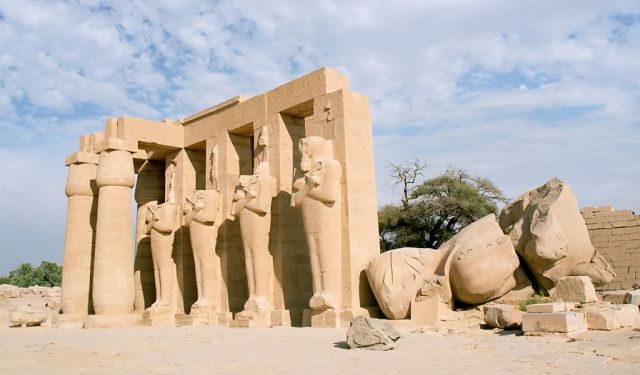
Highlights:
- Israel Stele (now housed in the Egyptian Museum): Though the actual stele is no longer on site, the temple is associated with this important historical artifact.
- Reliefs and Columns: Many reliefs depict Merenptah’s accomplishments and battles.
- Unique Layout: Merenptah’s temple has a unique architectural layout, blending features of his father’s Ramesseum.
Local Tips:
- Best Time to Visit: Afternoon, when the lighting is good for viewing the reliefs.
- Combine Visits: Since it’s near the Ramesseum, visiting both temples on the same day is easy.
8. Temple of Montu at Medamud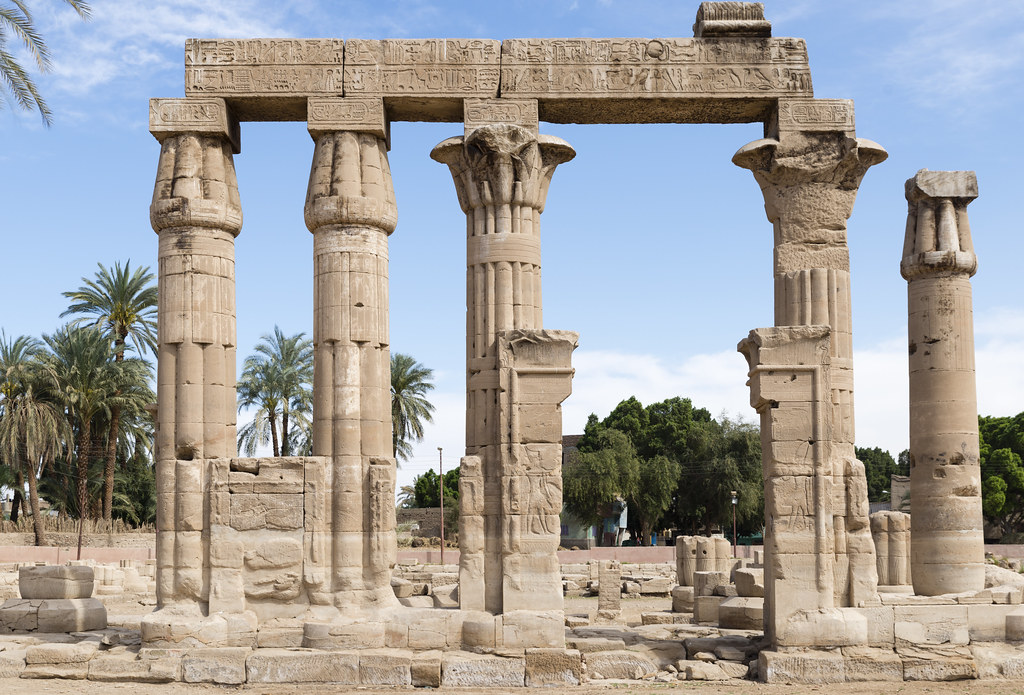
- Location: Approximately 5 km northeast of Luxor city
- History and Significance:
- This temple, dedicated to Montu, the falcon-headed god of war, was an important sanctuary during the Middle Kingdom and later expanded in the Ptolemaic period. Though not as grand as Karnak, it is one of the few temples dedicated to Montu and offers a unique glimpse into ancient Egyptian war deities and practices.
Highlights:
- Reliefs of Montu: Depictions of the war god in full regalia with his falcon head.
- Temple Layout: It’s smaller and more intimate, allowing for a close-up view of hieroglyphics and reliefs that are still visible.
- Ptolemaic Additions: Structures added during the Ptolemaic era show Greek influence on Egyptian religion and art.
Local Tips:
- Visiting Tips: Since it’s less visited, you’ll likely have this temple to yourself, making it ideal for quiet exploration.
- Combine Visits: Consider combining the Temple of Mut at Karnak with the nearby Temple of Luxor for a thematic experience of Luxor’s warrior deities.
9. Temple of Khonsu at Karnak Complex
- Location: Within the Karnak Temple Complex
- History and Significance:
- The Temple of Khonsu, dedicated to the moon god and son of Amun and Mut, is one of the smaller temples within the Karnak complex, built during the reign of Ramses III. Khonsu was believed to be a healer, and this temple offers a more personal, serene atmosphere than the grand Hypostyle Hall of Karnak.
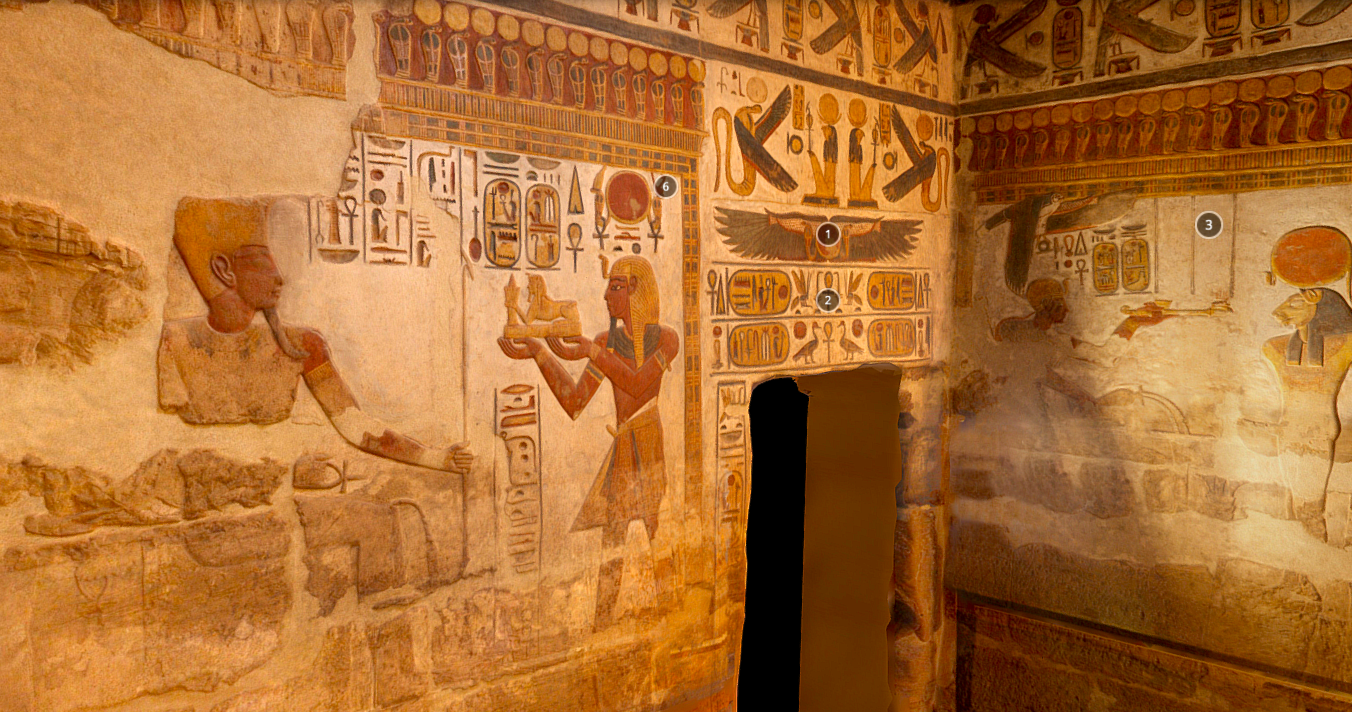 Highlights:
Highlights:
- Restored Reliefs and Columns: The temple is well-preserved, with many reliefs that retain their original color.
- Khonsu’s Sanctuary: The inner sanctum is where the god Khonsu was worshiped, and it features intricate carvings and inscriptions.
- Small-Scale Architecture: Unlike the massive structures nearby, this temple’s smaller scale allows visitors to see details up close.
Local Tips:
- Quiet Spot: It’s inside Karnak but off the main path, so it’s less crowded and great for quiet contemplation.
- Photography: The smaller, enclosed spaces make it easier to photograph details without large crowds.
10. Temple of Esna
- Location: Esna, about 55 km south of Luxor
- History and Significance:
- Though it’s a bit further from Luxor, the Temple of Esna, devoted to the ram-headed god Khnum, is well worth a visit. Built during the Ptolemaic and Roman periods, it’s famous for its striking hypostyle hall, featuring columns with elaborately decorated capitals. The temple is unique for its blend of Greco-Roman and Egyptian religious themes.
Highlights:
- Hypostyle Hall: A beautiful hall with 24 columns, each featuring unique carvings of plants and deities.
- Roman Reliefs: The Roman influence is evident in the architectural style and inscriptions.
- Astronomical Ceiling: The temple’s ceiling depicts ancient Egyptian constellations, a rare feature in Egyptian temples.
Local Tips:
- Visiting Tip: Esna is off the primary Luxor circuit, so plan for a half-day trip or visit it on your way to Aswan.
- Combine Visits: Pair it with a Nile cruise stop or other temples in Esna for a complete experience.
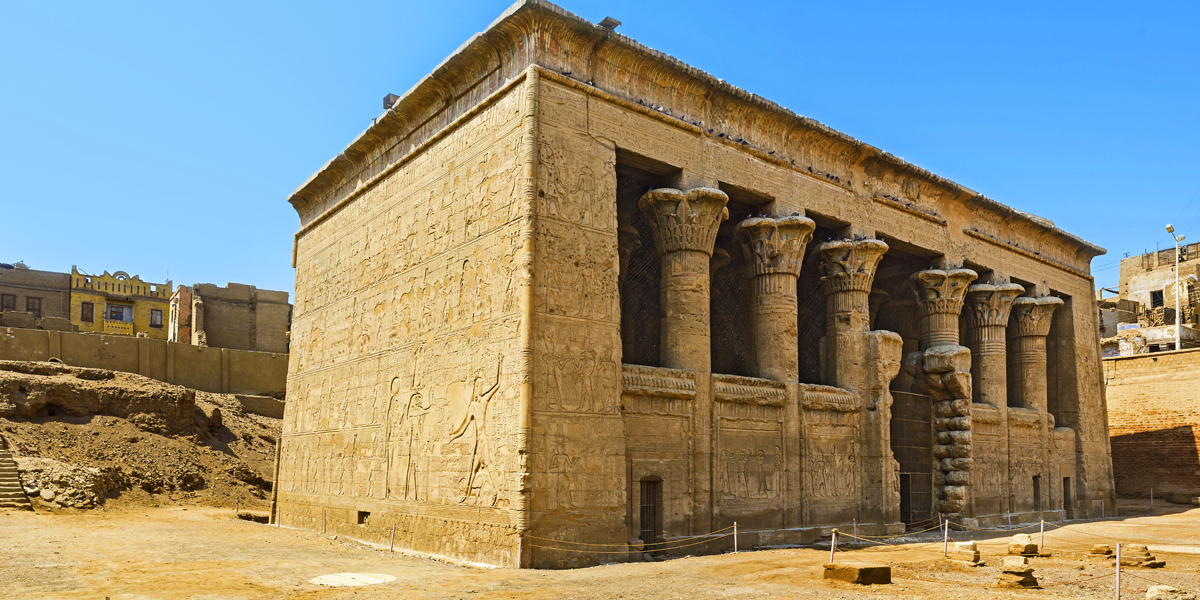 From the grandeur of Karnak to the serene terraces of Hatshepsut’s temple, Luxor offers a journey into the heart of ancient Egypt’s divine and artistic legacy. Visiting these temples is like stepping back in time, offering unforgettable insights into a civilization that continues to captivate the world.
From the grandeur of Karnak to the serene terraces of Hatshepsut’s temple, Luxor offers a journey into the heart of ancient Egypt’s divine and artistic legacy. Visiting these temples is like stepping back in time, offering unforgettable insights into a civilization that continues to captivate the world.



